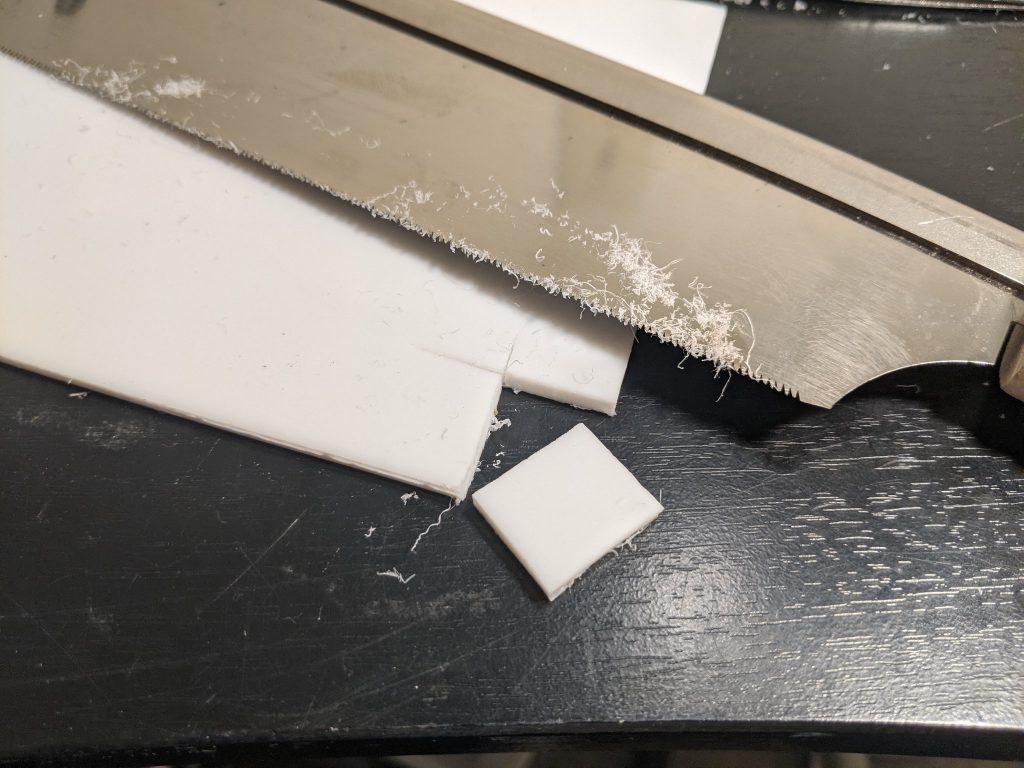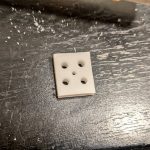Last October, i completed testing of the first ever fully integrated AIS propulsion system, the AIS-gPPT3-1C Integrated Propulsion Module, and sent off two for integration aboard the AMSAT-Spain GENESIS N and L PocketQubes. Despite this major success, there were a lot of issues with the system, namely total lifetime and ignition reliability. The biggest challenge was the main pulse caps, which would catastrophically fail after only around 1300 shots, far before the fuel was even close to being depleted. Ignition reliability was also only around 85%, and was limited to 0.3Hz. Over the course of the past year, i made several attempts to improve performance, with the AIS-EPPT1 and recent testing of the hybrid gPPT3/EPPT1 prototype system. Unfortunately, I have been plagued with many issues across these efforts.
Despite this, there has been numerous inquiries about AIS PPTs, particularly the gPPT3. Although the system is not perfect, it has successfully passed TVAC, vibration, and satellite integration, and will soon have flight heritage. While it is not ideal for main propulsion, it is extraordinarily compact, low power, easy to use, and low cost, making it ideal as a demo thruster system.
As such, I have decided to revive the AIS-gPPT3-1C and provide it for sale as an AIS propulsion unit. To start this effort back up, I took the original system I developed last year, fixed it up, and ran a new lifetime test on it.
The first firing attempt used the same configuration as the original, except with the removal of the permanent magnet nozzle embedded in the anode. Start-up was challenging, requiring me to overdrive the system at 5.5V in to get it firing after some time with spurious pulses, then lower it back down to 5V. At this voltage however, the main bank would last even less. To make the main discharge easier to initiate, I decided to remove the thruster, and modify it with a 1/8″ thick fuel bore, as opposed to the original 3/16″ block.
The modified thruster was loaded up into the chamber, and testing was resumed. At 3.3V in, the thruster began firing, with a nominal rep rate of 0.2Hz. The rep rate was then bumped up slightly to 0.25Hz. During operation, at 3.3Vin, the system drew a peak of 0.231W during the peak of the charging cycle. Shot energy was around 0.11J, operating at around 1300V on the main bank. At 0.25Hz that is a thrust of about 0.16uN.
However, reliability was still extremely poor. Timing several 1 minute intervals over a couple of minutes, I clocked around 12 shots per minute right, though anywhere from 8% to 50% misfire rate. bumping the thruster up to 3.6V in, reliability was improved, with a more consistent 20% misfire rate at still 12 shots per minute.
After this point was reached, I just let the system coast for 3 hours, before the main capacitor bank blew out again. The first hour was run with Tweeted updates, however the last two hours of the lifetime test were livestreamed on the AIS Twitter page, which can be viewed below.
Looking at the estimated misfire rate during the test and factoring the actual rep rate, I estimated still around 1400 shots before failure, which is almost exactly where it was estimated last year.
With the successful completion of this second lifetime test of the AIS-gPPT3-1C, I can proceed on providing the system as an ultra-low cost demo propulsion unit for both ground and orbital testing for teams who want to start exploring the use and control of propulsion on nanosats and picosats.



